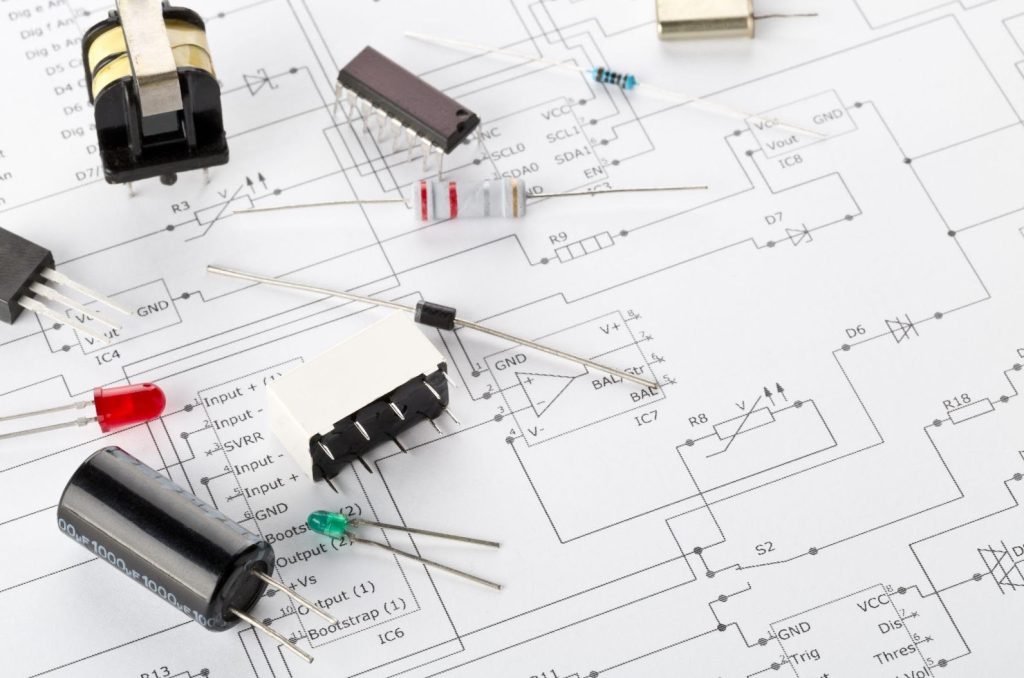Electronic circuits are closed loops or paths, creating a network of electrical elements where electrons can flow. This path is produced through electrical wires and is supported by a source such as a battery. The beginning of the point from where the electronic start flowing is known as the source. On the other hand, the point where electrons leave the electrical circuit is known as the return.
They are the building blocks of most modern technology. They’re used in everything from cell phones to cars, and they play a crucial role in many industries. However, designing electronic circuits can be a complex and challenging process. To ensure seamless productivity for your industry, it’s important to follow best practices for electronic circuit design.
In this blog post, we’ll explore ten of the best practices that can help ensure that your circuits are reliable, efficient, and effective.
- Understand the requirements
Before building any design, it is crucial to understand the needs of the project. It includes the input and output needs, power supply, power constraints, and others. By knowing these needs, you can ensure that your circuit fulfills the needs of the application.
For instance, if you’re building a circuit for medical equipment, you need to look for safety requirements, electromagnetic compatibility, and other factors that may not be as critical in other applications.
- Use a schematic capture tool
A schematic capture tool refers to a software tool that enables users to design a visual representation of your circuit. It can be used to discover potential problems before you start laying out the circuit board. This tool further ensures that your circuit is well-documented. It is crucial for future repairs or modifications.
Schematic drawing involves translating the idea of the design onto a schematic. You need to connect elements in a way that makes the circuit functional. If you’re functioning on a complex design involving hundreds of elements, it’s wise to separate the design into modules or subcircuits.
- Follow design guidelines
Manufacturers of electronic elements generally provide design guidelines for their products. These guidelines provide information about how to utilize the elements in the manner that they were designed to be used.
By following those design guidelines, you can ensure that your circuit functions as intended and that you are using the electronic elements safely and reliably.
- Use high-quality components
Using high-quality elements is crucial to ensure that the circuit you’re using is reliable and functions as intended. It’s significant to source components from esteemed producers and to use components that are designed for the specific application. Using low-quality elements may save you money in the short term, but it can lead to reliability issues down the line.
- Keep your circuits simple
Having a simple electronic circuit design is always a win-win situation. The more complex the circuit, the more chance there is for problems to arise. By keeping your electric circuit simple and easy, you can reduce the prevalence of errors and make it easier to troubleshoot problems if they do occur.
- Design for manufacturability
When designing a circuit, it’s significant to consider how it will be manufactured. This includes using standard components and designing for efficient assembly. By designing for manufacturability, you can reduce the cost of production and enhance the quality of the finished product.
- Minimize noise and interference
Noise and interference are one of the significant issues in electronic circuits. To reduce these issues, it’s crucial to pay attention to the layout of your circuit board. This can be achieved by separating analog and digital elements, using proper grounding techniques, and using shielding where required.
- Test your circuits
Thorough testing is crucial to ensure that your circuit meets the required specifications. This includes functional testing, as well as testing for reliability and durability. By testing your circuits thoroughly, you can identify any issues early on and make necessary modifications to improve performance.
- Document your designs
Thorough documentation is important for ensuring that your circuits can be understood and replicated by others. This includes creating schematics, bills of materials, and assembly instructions. By documenting your designs, you can make it easier to troubleshoot issues and ensure that your circuit can be manufactured consistently.
- Continuously improve
Continuous improvement is key to ensuring that your circuits are as efficient and effective as possible. By keeping track of any issues that arise and using that knowledge to improve future designs, you can constantly improve the performance of your circuits. This includes incorporating feedback from customers, as well as making internal improvements based on your own experiences.
Conclusion
To conclude, it can be said that like a brick that builds a wall, a component is the fundamental brick of a circuit. A component is a fundamental element that contributes to the growth of an idea into a circuit for execution.

